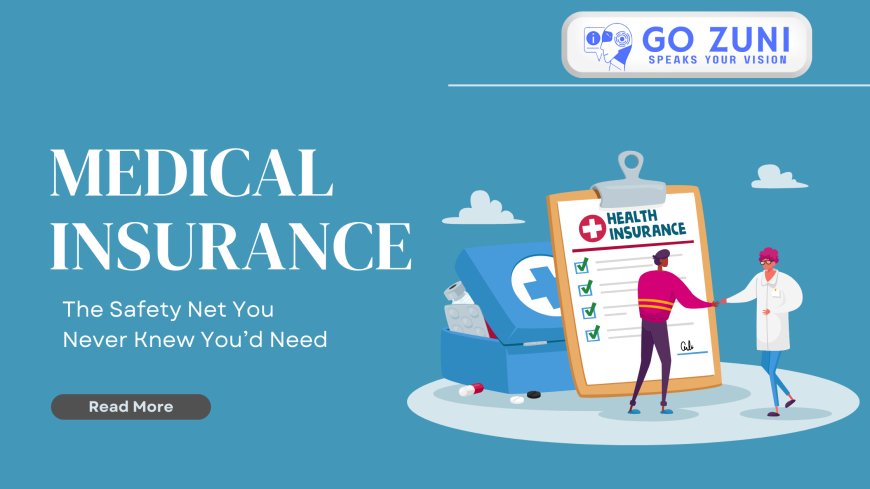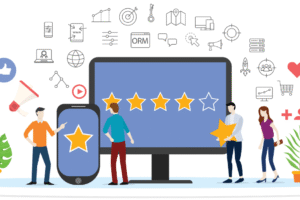What Is Affordable Life Insurance?
At its core, life insurance is a contract. You pay premiums, and in return, if you pass away during the coverage period, your beneficiaries receive a payout (also called a death benefit). This money can cover funeral costs, living expenses, debts, or future goals like education.
Affordable life insurance isn’t about cutting corners it’s about getting meaningful protection at a price that fits your budget. The most beginner-friendly option? Term life insurance.
- Term life insurance: Covers you for a set number of years (like 10, 20, or 30). If you die during that term, your nominee gets the payout. It’s simple, low-cost, and perfect for first-timers.
- Permanent life insurance: Includes plans like whole or universal life. They’re more expensive and include an investment component. Not ideal if you’re just starting out or watching your budget.
Think of it like choosing between a high-end gaming laptop and a solid budget-friendly machine. Both work, but one is more suited to your current needs.
Why IT Professionals Should Care
Techies tend to delay life insurance for the same reason we delay organizing our email folders: it doesn’t feel urgent. But here’s why it should be on your radar:
- Variable income: Freelancers, gig workers, and startup employees often don’t have predictable salaries. A well-chosen life insurance plan can secure your family’s financial future despite fluctuating paychecks.
- Risk management mindset: In tech, we plan for downtime and failure. Life insurance is your disaster recovery plan just for people, not platforms.
- Digital tools make it easy: You’re used to comparing cloud platforms, developer tools, or mobile plans. Comparing life insurance quotes is easier than ever with online tools.
- You’ve probably dealt with medical insurance: Whether it’s private medical insurance or employer-provided plans, you already understand how insurance works. Life insurance is the next logical step.
How to Choose the Right Plan
1. Figure Out How Much Coverage You Need
Start by asking: If I were gone tomorrow, what financial responsibilities would I leave behind?
Consider:
- Loan EMIs (like car or home loans)
- Monthly living expenses
- Education funds (kids or siblings)
- Emergency savings for your family
A good rule of thumb: aim for 5–10 times your annual income. If you earn ₹10 lakh/year, aim for ₹50–₹1 crore in coverage.
2. Decide on Term Length
If you’re in your 20s or 30s, a 20- or 30-year term is usually best. That’ll cover most big life events buying a home, raising kids, etc. and keep premiums lower since you’re young and healthy.
3. Compare Life Insurance Quotes
Use platforms that let you input your details and get quotes from multiple health insurance companies and life insurance providers. Look at:
- Monthly or yearly premiums
- Claim settlement ratio
- Optional riders (like critical illness)
Tip: Don’t just pick the cheapest one. You wouldn’t choose the lowest-rated hosting provider, right?
4. Understand Health Requirements
Some plans require a medical check-up; others don’t. If you’re healthy, opt for a medically underwritten policy it usually means lower premiums.
If you’ve already explored medical insurance or private medical insurance, you’ll find similar terms here: pre-existing conditions, exclusions, waiting periods.
5. Watch for Riders and Add-Ons
Riders are optional benefits that enhance your base plan. Examples:
- Accidental death benefit
- Waiver of premium
- Critical illness cover
These add-ons increase your premium slightly but may be worth it depending on your needs.
Common Myths Busted
❌ Life Insurance Is Too Expensive
Truth: A 30-year-old non-smoker can get ₹1 crore term insurance for under ₹800/month. That’s less than your Netflix and Swiggy combo.
❌ I Don’t Have Dependents Yet
Even if you’re single, life insurance locks in low premiums early and gives you flexibility later. Plus, you may want to support aging parents or siblings.
❌ I’m Covered by My Employer
Employer-provided coverage is often minimal and ends when you quit. A personal policy gives you continuity.
Real Story: How Priya Got Covered for Less
Back to Priya. She was 27, earning well in a Bangalore-based SaaS company. She had no medical issues but didn’t think much about insurance. One night, after a health scare in her family, she looked up life insurance quotes, compared providers, and chose a ₹75 lakh term policy with a 30-year term.
Her monthly premium? ₹620.
She also added a critical illness rider and consulted her HR to make sure it complemented her existing private medical insurance. Total time spent? Less than 2 hours.
She told me later, “I bought peace of mind. For less than the price of one dinner out.”
Smart Shopping Tips
- Start young: The younger you are, the cheaper the premium.
- Compare: Don’t settle for the first plan. Use tech tools to get competitive rates.
- Bundle insights: If you’re already comparing medical insurance, get a combo plan or look at the insurer’s complete offerings.
- Review every 2–3 years: As your income, family, or expenses grow, adjust your plan.
Conclusion: You’re Not Too Early You’re Right On Time
If you’ve read this far, congrats you’re already ahead of most people. Thinking about life insurance in your 20s or 30s isn’t overkill it’s just smart. Especially when you’re building an IT career with its own uncertainties, freelance projects, and startup pivots.
So, take the next step: jot down your needs, hop onto a comparison site, and grab a few quotes. Treat it like installing a vital security patch not flashy, but absolutely essential.
Protect your people. Protect your peace of mind. And get back to what you do best building the future, line by line.







